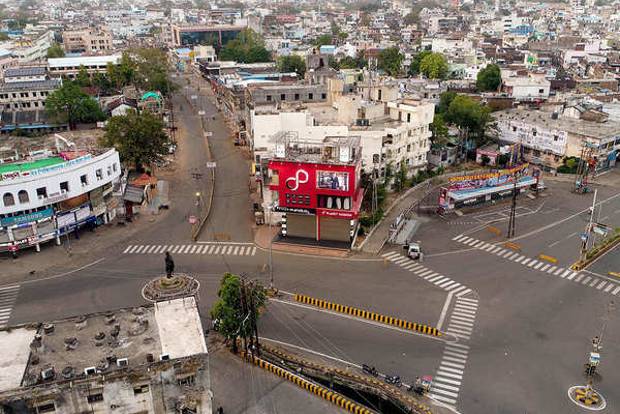Begin typing your search...
Editorial: Questioning the logic of lockdowns
In Delhi, for instance, the AAP government has imposed a two-day weekend curfew that has come on top of a night curfew that is already in place. Tamil Nadu has taken a similar measure, by slapping lockdown on Sunday and night curfews from 10 pm to 5 am throughout the week.

Chennai
As Omicron cases surge in big Indian cities, now accounting for 50 per cent of cases in the national capital, there is a flurry of speculation about another comprehensive lockdown. Those who believe this is likely, point to restrictions that many States have slapped over the past few days. In Delhi, for instance, the AAP government has imposed a two-day weekend curfew that has come on top of a night curfew that is already in place. Tamil Nadu has taken a similar measure, by slapping lockdown on Sunday and night curfews from 10 pm to 5 am throughout the week. There are two questions that emerge from these and similar moves by other State governments. The first of them is how far will the restrictions go. Or are these a precursor to even stricter curbs? Second, are some of the measures – particularly, night curfews – even effective? Since it might not be possible to guess what governments at the Centre and the State intend to do, it would be hard to answer the first question definitively. But it is appropriate to suggest, whatever decision is taken, that it is done so by recognising that total lockdowns cause too much disruption and chaos in the lives of ordinary individuals.
As things stand, there is no reason to put the clamps on the engine of the economy, which is recovering in a robust manner after recording a dismal period of negative growth. There is no doubt that the total number of COVID cases is going to rise sharply over the next few weeks. The total positivity rate (TPR) has been climbing rapidly in the metropolitan cities and, if the experience of the West is any guideline, Omicron will be almost impossible to stop in its tracks. The risk does not emerge alone from the spread of this milder mutation of the COVID-19 virus in a manner that is unmanageable. The key is to manage the outbreak in a manner that does not strain the health infrastructure.
What COVID-19 and the panic it has triggered in the public during the second wave have taught us is that those in power often want to ‘appear’ keen on doing something (as opposed to the main task, which is actually doing something). The imposition of night curfews is a case in point. As the WHO’s chief scientist Soumya Swaminathan has pointed out, there is absolutely no science that backs the idea of night curfews. As she so succinctly put it: “Politicians and policymakers need to start balancing the scientific and evidence-based methods we have to control COVID-19 transmission, to reduce its impact on people – particularly reducing deaths and hospitalisations, while at the same time, keeping economies open, making sure livelihoods are not impacted, because people have suffered enough.”
The last things that need to be shut down are the economy, education, and essential vehicular movement. The country could certainly live without amusement parks and other forms of entertainment for a while and make its peace with having fewer attendees at weddings and funerals. However, commercial activity and the vast number of allied professions that depend on this activity must be nurtured through the fragile recovery period. At the end of the day, governments need to think more scientifically about curbs and make distinctions between essential and less-than-essential activities.
Visit news.dtnext.in to explore our interactive epaper!
Download the DT Next app for more exciting features!
Click here for iOS
Click here for Android
Next Story



